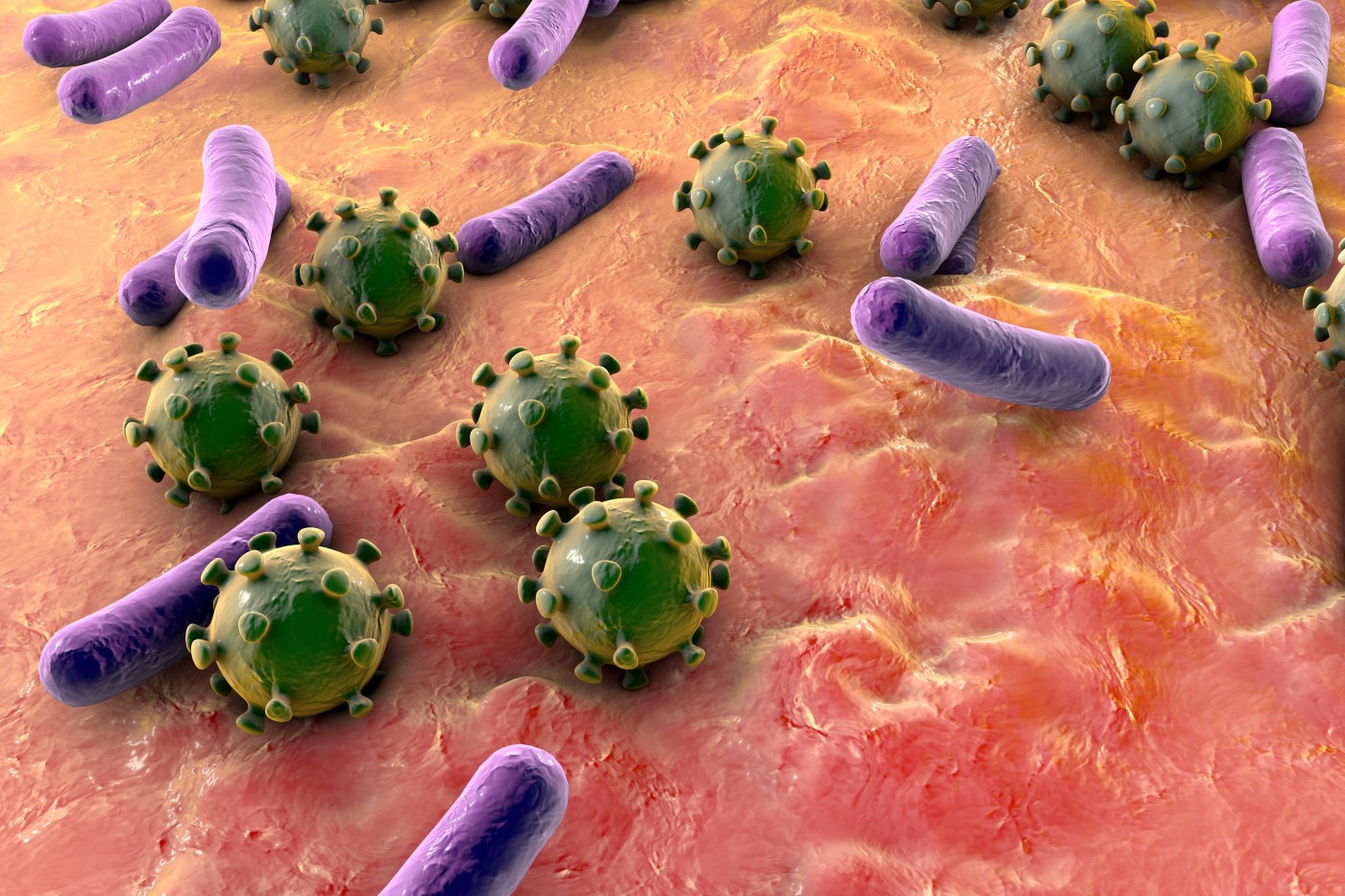Neuronopathic Gaucher Immune Response Might Protect Brain From Infection
Written by |

Neuronopathic Gaucher disease (nGD) induces an immune response that protects against viral infections in the brain, according to an early study in animals.
Understanding how this happens and whether GD patients are more resistant to infection needs further studies, scientists said.
The study, “Innate immune response in neuronopathic forms of Gaucher disease confers resistance against viral-induced encephalitis,” was published in Acta Neuropathologica Communications.
Viruses such as West Nile and Zika can lead to an infection that continuously spreads and infiltrates the central nervous system, or CNS, which consists of the brain and spinal cord. Some of these viruses, such as those that are insect-borne, often are resistant to treatment. This drives the need to identify which biological processes affect the outcomes of those infections.
Activation of the type I interferon (IFN) response — a feature of the innate immune response, the body’s first line of defense against infection — recently was identified in a mouse model of nGD. In principle, this response could limit viral infection.
To better understand how neuronopathic Gaucher might affect a viral infection of the CNS, scientists at the Israel Institute of Biological Research, in Ness-Ziona, used mouse models of nGD, which includes types 2 and 3 disease. Type 2, a rare form of Gaucher that has the earliest onset of symptoms, usually manifests in the first months of life. Meanwhile, individuals with type 3 — accounting for about 5% of patients — usually develop symptoms in early childhood or adolescence, or rarely, in adulthood.
In the lab, the animals were infected with the Sindbis virus (SVNI), which can invade nerve cells. This virus was first found in human patients in Africa in the 1960s.
In nGD, mutations in the GBA gene lead to toxic buildups of a fatty molecule called glucocerebroside in nerve cells. This accumulation appeared to make mice more resistant to infection by limiting viral replication, rather than preventing the virus from entering brain cells.
Viral infection led to longer median survival in both genetic and chemically induced models of Gaucher compared with controls not administered the virus. However, no difference in nGD progression was seen in the chemically induced model depending on whether the animals were infected.
Both infected and non-infected mice showed increased type I IFN responses. But while control animals showed an increase in related gene activity over five days after being infected, no such increase was seen in the chemical model of nGD.
The researchers then found that most genes with higher activity in the brain were the same in SVNI-infected mice and in the mouse model of nGD — a subset of 21 genes only exhibited higher activity levels in animals given a chemical to mimic Gaucher. Most of these 21 genes were related to specialized nerve cells called microglia, which function primarily as immune cells. In particular, two such genes — Fcrls and Gpr34 — were actually suppressed in control mice infected with SVNI.
A more focused single-cell analysis would be needed to confirm this finding, as the analysis in the current study used mixed brain cells. However, such findings might imply that the virus can evade an immune response by modifying the activity of these two genes.
Microglia and other cells related to immune responses — including astrocytes, which support neurons, or nerve cells — showed almost opposite patterns of activity between the two groups of mice.
While the inflammatory response in the brain of the nGD group involved reactive astrocytes and microglia without immune cells, called macrophages, that of SVNI-infected mice involved a strong macrophage response, with significantly altered activation of astrocytes and microglia.
Activation of the immune response in the brain is a hallmark of many neurodegenerative disorders, although, as the team points out, different pathways can be activated in response to different stimuli.
Overall, “we suggest that the innate immune response activated in nGD confers resistance against viral infection of the CNS,” the scientists wrote.
“Whether or not non-neuronopathic GD patients and/or Gba carriers are more resistant to viral infections needs to be further clarified and may provide a basis for future studies to bring to light the role of Gba mutations,” the scientists concluded.


